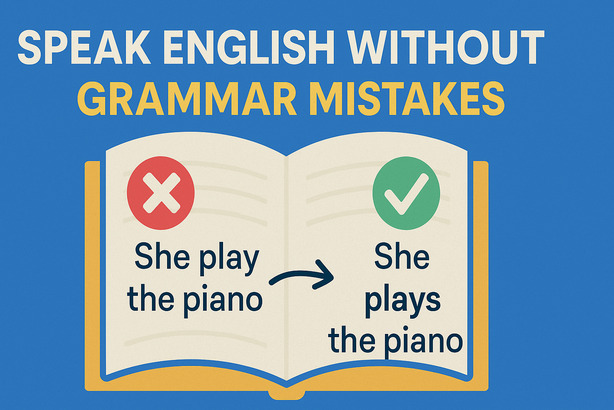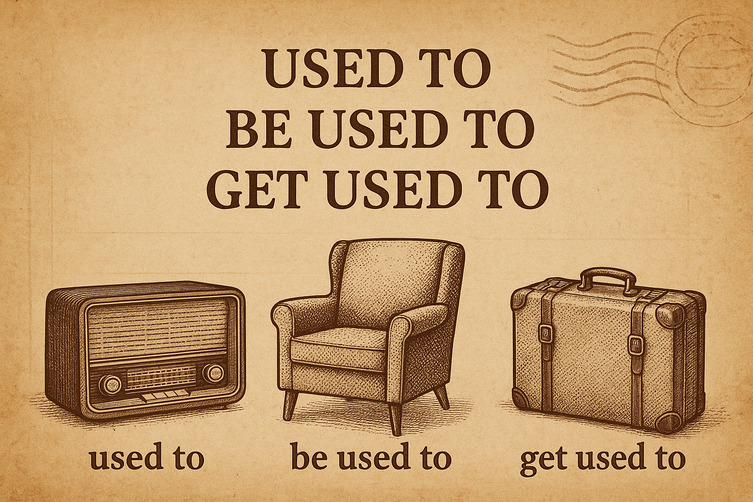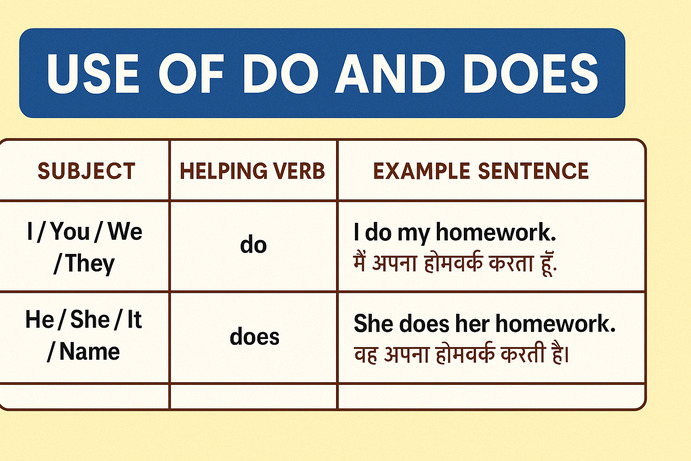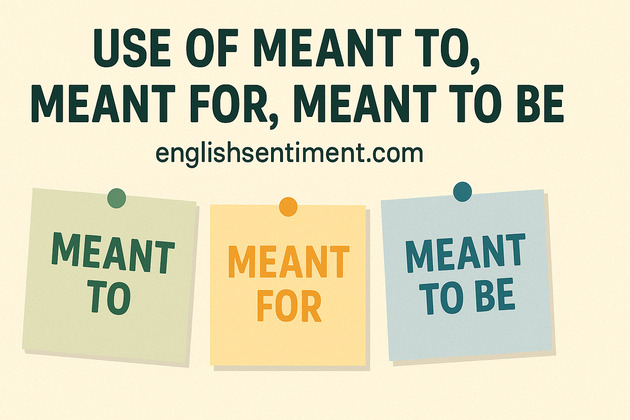Introduction
Are you tired of making the same grammar mistakes when speaking English? Do you want to improve your English speaking skills without relying solely on teachers? In this blog post, we’ll explore how to self-correct grammar mistakes in English, a crucial skill for language learners. By mastering self-correction, you can take control of your learning journey and speak English more confidently. Whether you’re preparing for exams like IELTS or simply want to communicate more effectively, understanding how to self-correct grammar mistakes in English can make a significant difference.
Main Content
Step 1: Focus on One Grammar Rule at a Time
When learning grammar, it’s easy to feel overwhelmed by the sheer number of rules and exceptions. Trying to correct all your mistakes at once can be counterproductive. Instead, focuse on one specific grammar rule that you find challenging. For example, if you often confuse the present simple and present continuous tenses, dedicate your practice to mastering that distinction first.
- Why it works: Focusing on one rule allows for deeper understanding and reduces overwhelm.
- Examples of rules to focus on:
- Present simple vs. present continuous (e.g., “I eat breakfast at 7:00” vs. “I’m eating breakfast now”)
- Countable vs. uncountable nouns (e.g., “How many apples?” vs. “How much water?”)
- Tip: Identify your most common grammar mistakes by keeping a record of your errors or asking for feedback from a teacher or fluent speaker.
By narrowing your focus, you can tackle grammar more effectively and build confidence step by step.
Step 2: Practice Speaking with the Rule
Once you’ve identified the grammar rule to focus on, the next step is to practice using it in speaking. We recommends using the “speaking success system,” which involves discovering the language, practicing it, and then reviewing it. For practice, you can answer questions that require the use of the specific grammar rule.
- Example: If you’re focusing on present simple vs. present continuous, you might answer questions like:
- “Do you usually cook at home?” (Answer: “Yes, I cook most evenings after work. I usually cook Spanish dishes, but right now, I’m learning how to cook Italian food.”)
- Why it works: Practicing in context helps you understand when and how to use the rule naturally.
- Tips:
- Use questions that prompt the use of the target grammar.
- Practice with a partner, record yourself, or even talk to yourself to simulate conversation.
Regular practice is key to internalizing the rule and reducing mistakes over time. For additional practice ideas, check out Common Grammar Mistakes in English.
Step 3: Speak Slowly for Accuracy
Many language learners equate fluency with speed, but we argues that fluency is not about speaking quickly. Instead, speaking slowly allows you to focus on accuracy, especially when practicing a specific grammar rule. By slowing down, you give yourself time to think and apply the rule correctly.
- Why it works: Slowing down reduces the pressure to speak quickly and helps you catch your own mistakes.
- Tips:
- Consciously slow down your speech during practice.
- Focus on forming sentences correctly rather than rushing through them.
Speaking slowly might feel awkward initially, but it builds the foundation for accurate and confident communication.
Step 4: Record Yourself and Check
Since not everyone has a teacher to correct them, recording yourself is a great way to self-correct. By listening back to your recordings, you can identify where you used the grammar rule correctly and where you made mistakes. This step is crucial for learning from your errors.
- How to do it:
- Use a phone or computer to record your practice sessions.
- Listen specifically for the grammar rule you’re focusing on.
- Note down mistakes and correct them.
- Why it works: Recording provides objective feedback, helping you spot patterns in your errors.
- Tip: If possible, ask a fluent speaker or teacher to review your recordings for additional insights.
Self-assessment through recording is a powerful tool for independent learners.
Step 5: Leverage AI for Additional Practice
In today’s digital age, AI tools can be incredibly helpful for language learners. We suggests using AI to generate stories, dialogues, or articles that incorporate the grammar rule you’re practicing. This provides additional context and practice material.
- Examples:
- Ask AI to create a short story using five examples of the present continuous tense.
- Use text-to-speech to listen to the generated content.
- Why it works: AI-generated content exposes you to the grammar rule in different contexts, reinforcing your understanding.
- Tip: If you don’t have access to AI tools, you can use traditional methods like grammar books or language exchange partners.
AI tools make it easier than ever to create unlimited practice materials tailored to your needs. For more on using technology in language learning, see How to Improve Your English Speaking Fluency.
Step 6: Reinforce with Writing
While the focus is on speaking, writing can also help solidify your understanding of grammar rules. Writing allows you to practice the rule in a different medium, which can enhance retention.
- Suggestions:
- Write short paragraphs or stories using the target grammar.
- Use a pen and paper for a more tactile experience, or type if preferred.
- Review your writing for accuracy.
- Why it works: Writing forces you to slow down and think about the structure of your sentences, reinforcing the grammar rule.
- Tip: Combine writing with speaking practice for a well-rounded approach.
Writing is a great way to complement your speaking practice and ensure you’re mastering the rule across different skills.
Frequently Asked Questions
Absolutely! Making mistakes is a natural part of the learning process. The key is to learn from those mistakes by correcting them.
You can identify areas where you frequently make mistakes by keeping a record of your errors or asking a teacher or fluent speaker for feedback.
While AI can be helpful, it’s not essential. You can still practice and review using traditional methods like grammar books, language exchange partners, or self-study materials.
Consistency is key. Try to incorporate self-correction into your regular practice routine, even if it’s just for a few minutes each day.
Yes, the principles of self-correction can be applied to writing as well. Recording your thoughts in writing and then reviewing them for grammar mistakes can be very effective.
Conclusion
Self-correcting grammar mistakes is an essential skill for any language learner aiming to improve their English speaking abilities. By following our six-step framework—focusing on one rule, practicing, speaking slowly, recording and checking, using AI for review, and writing—you can take charge of your learning and make steady progress. Remember, making mistakes is part of the learning process, but correcting them is what leads to improvement. So, embrace your errors, learn from them, and keep practicing.







